|
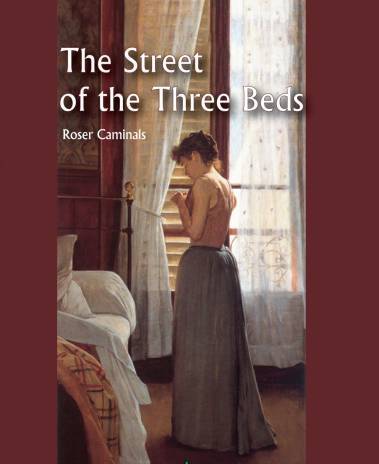
ISBN:
978-403638-36-2
(European
Edition, 2021)

First Edition ISBN:
978-1-937030-09-4 (USA, 2011)
|
by
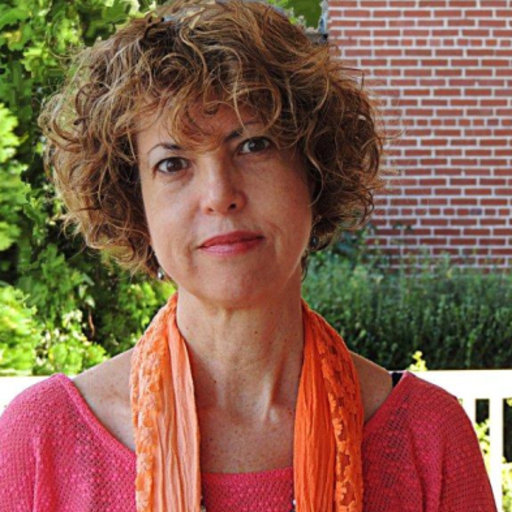
ROSER
CAMINALS
(Hood College, USA)
2021 BBVA Sant Joan
Prize
Member (Foreign Correspondent) of the Royal Academy of
Letters of Barcelona
Translated From Catalan
By The Author

|
|
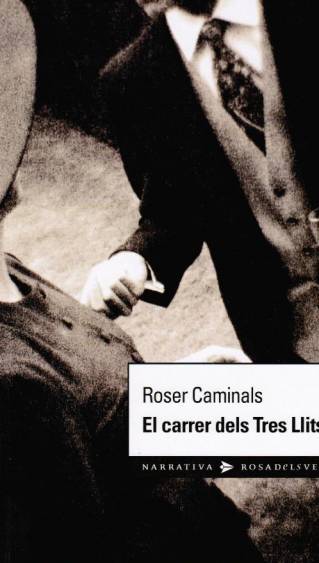
|
The second edition of
El
Carrer dels Tres LLits,
the Catalan original of
The Street of the Three Beds,
forthcoming
with
University Press of the South,
came
out
in October 2010
with
Edicions 62,
Barcelona (Spain).
|
The Street
of the Three Beds is the first
volume of a trilogy. The author uses
the term trilogy in the loosest sense of the word, as the
only common thread running through the three novels is the
setting (Barcelona) and the period, from the 1880’s to the
1920’s. Roser Caminals wrote the
original (El Carrer dels Tres Llits, Barcelona; Edicions
62, 2002) in her native Catalan,
spoken approximately by ten million people. Catalan is the
official language in the country of Andorra, between France and
Spain, and Catalonia, the northeastern region of Spain.
It has a robust media presence and a literary history harking
back to the Middle Age. In 2003, after becoming a best seller,
the book was published in Spanish.
Inspired by an urban legend revolving around the disappearance
of a young woman in a lingerie store, The Street of the Three
Beds explores the connections between the underworld,
specifically the white slave trade, and the prosperous Barcelona
bourgeoisie of the industrial revolution. Its faltering hero,
Maurici Aldabò, is the scion of a manufacturing family who,
through his affair with an obscure seamstress, finds himself
enmeshed in a nightmarish search in a seedy side of town.
|
|
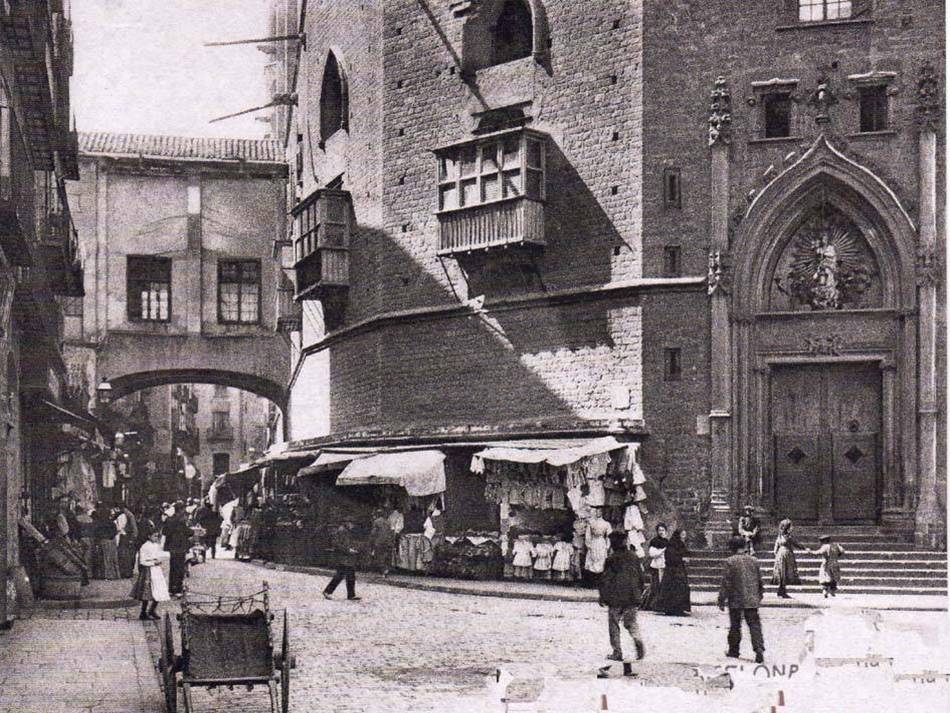 |
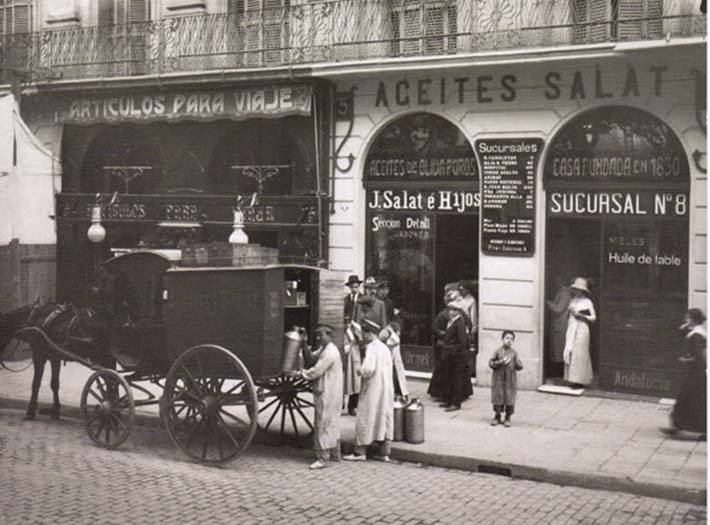 |
|
STA. MARIA DEL
MAR (BARCELONA 1905-1915) |
OLIS SALAT
(BARCELONA 1910) |
A major Mediterranean port and the leader of
economic development in Spain, turn-of-the-century Barcelona was
a study in contrasts and urban vitality: privileged factory
owners rubbed elbows with underpaid, exploited workers; a
cultural renaissance in literature and
architecture—internationally best represented by the buildings
of Antoni Gaudí—coexisted with corruption, social unrest, and
political violence. It was a hotbed of artists and anarchists.
As a native of the city and an early reader of Dickens, Roser Caminals has
always been fascinated by the invisible ties that bind together
the upper and lower classes, upstanding citizens and underdogs,
in a web of interdependence, hypocrisy, and deceit.
|
|
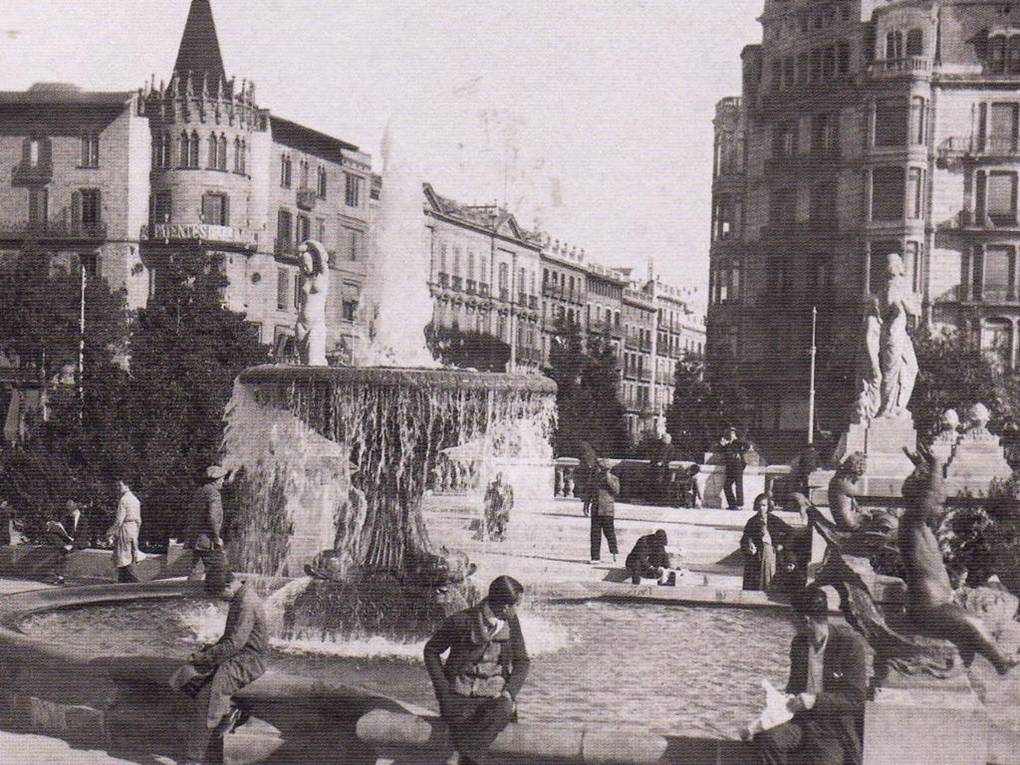 |
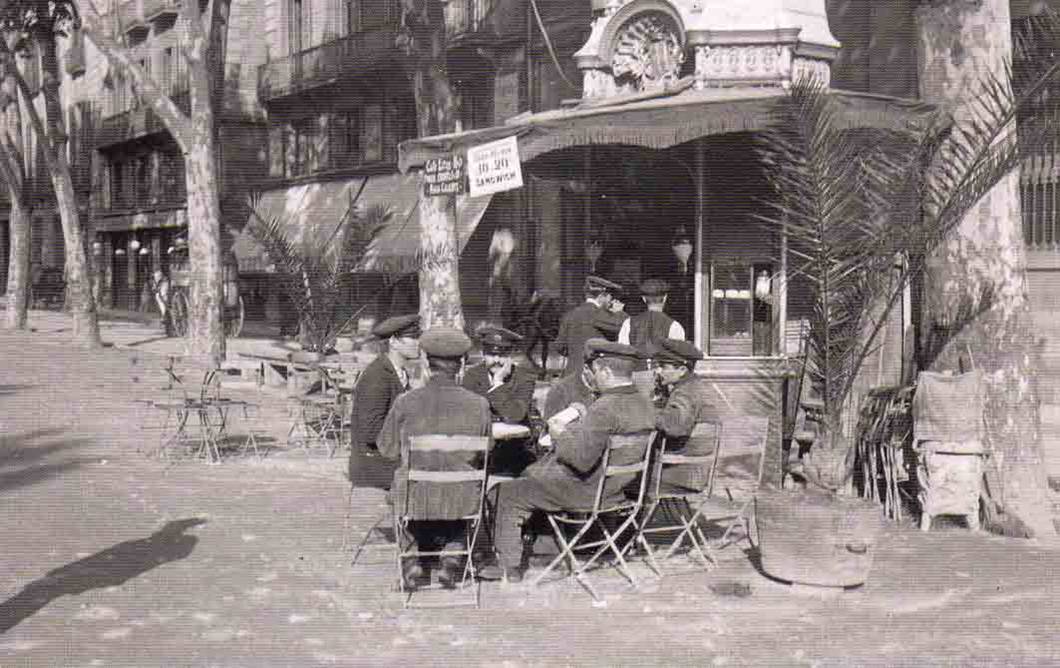 |
|
PLAZA DE CATALUNYA
(BARCELONA 1920) |
QUIOSC A LA RAMBLA DE CANALETES
(BARCELONA 1905-1910) |
|
 |
The center stage of the novel is the old
city,
occupied by the extensive medieval district
and part by a
maze of narrow streets,
one of which is
the Street of the
Three Beds,
'carrer dels tres llits.' |
Roser Caminals grew up
within a short walking distance from it, in a busy street on the
edge of the red light district where family business—hers
was a grocery store—alternated with restaurants, bars, two
churches, blue and white collar workers, and boarding houses. A
couple of her neighbors ran profitable
bordellos in distant areas of town. While most of the people who
populated her childhood were petit
bourgeois like her family, prostitutes
were not strangers and nightclubs featuring transvestites and
other risqué attractions were a stone’s throw away.
|
|
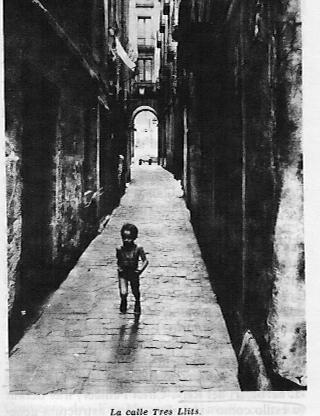 |
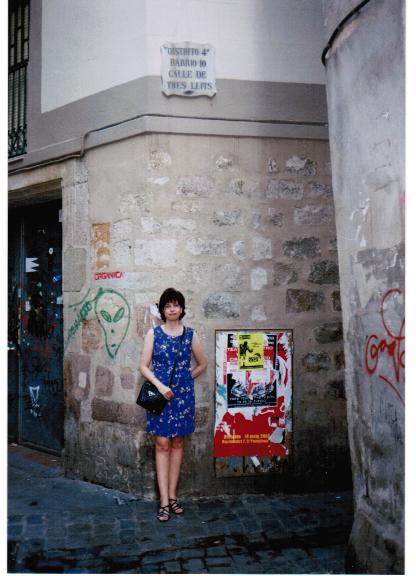 |
|
THE
STREET OF THE THREE BEDS
(BARCELONA) |
ROSER
CAMINALS IN THE STREET OF
THE
THREE BEDS IN BARCELONA |
When Roser Caminals was ten years old
her
family moved to a neighborhood of
grid-patterned streets lined with trees and broad sidewalks; but
it is the old city, with its potpourri of blind lottery
peddlers, sailors from all over the world walking up from the
harbor, fishmongers, tourists, door-to-door salesmen, and a
variety shady characters thrown into the mix that finds its way
into her fiction. The rich texture of
the street life Roser Caminals
witnessed during her formative years
remains a powerful allure to the mature writer.
|
|

Roser Caminals
earned her M.A. and Ph.D. at the
University of
Barcelona.
A native of Barcelona, Spain, she is the author of five novels
and one non-fiction book. Her work, published in three
languages, has been featured at the International Book Fair in
Frankfurt, Germany. In 1996 she won an award for Les herbes
secrètes
(The
Secret Herbs). Since then she has received critical acclaim
in the Spanish media, as well as favorable commentary in the
Mexican newspaper La Jornada and in some English language
publications. Her first novel,
Once Remembered, Twice Lived,
was
published in the U.S.; her turn-of-the-century
Barcelona trilogy and a book of memoirs of her life in America,
in Spain.

Roser Caminals
also has a special interest in literary translation and in
nineteenth-century Spanish fiction. Her English translation of a
classic Spanish novel, Emilia Pardo Bazán’s
The House of Ulloa,
published by The University of Georgia Press, won a grant-award
from the Spanish Embassy. Her book
A Matter of Self-Esteem and Other Stories,
published in 2001 in collaboration with Holly Cashman, is a
translation of selected stories by contemporary Catalan writer
Carme Riera.
The Street of the Three Beds is the first
translated
volume of the
author’s Barcelona trilogy,
El carrer dels tres llits, La petita mort and
La dona de mercuri.
Roser Caminals
is a Professor of Spanish at Hood College in Frederick,
Maryland, and is married to author William Heath.
|